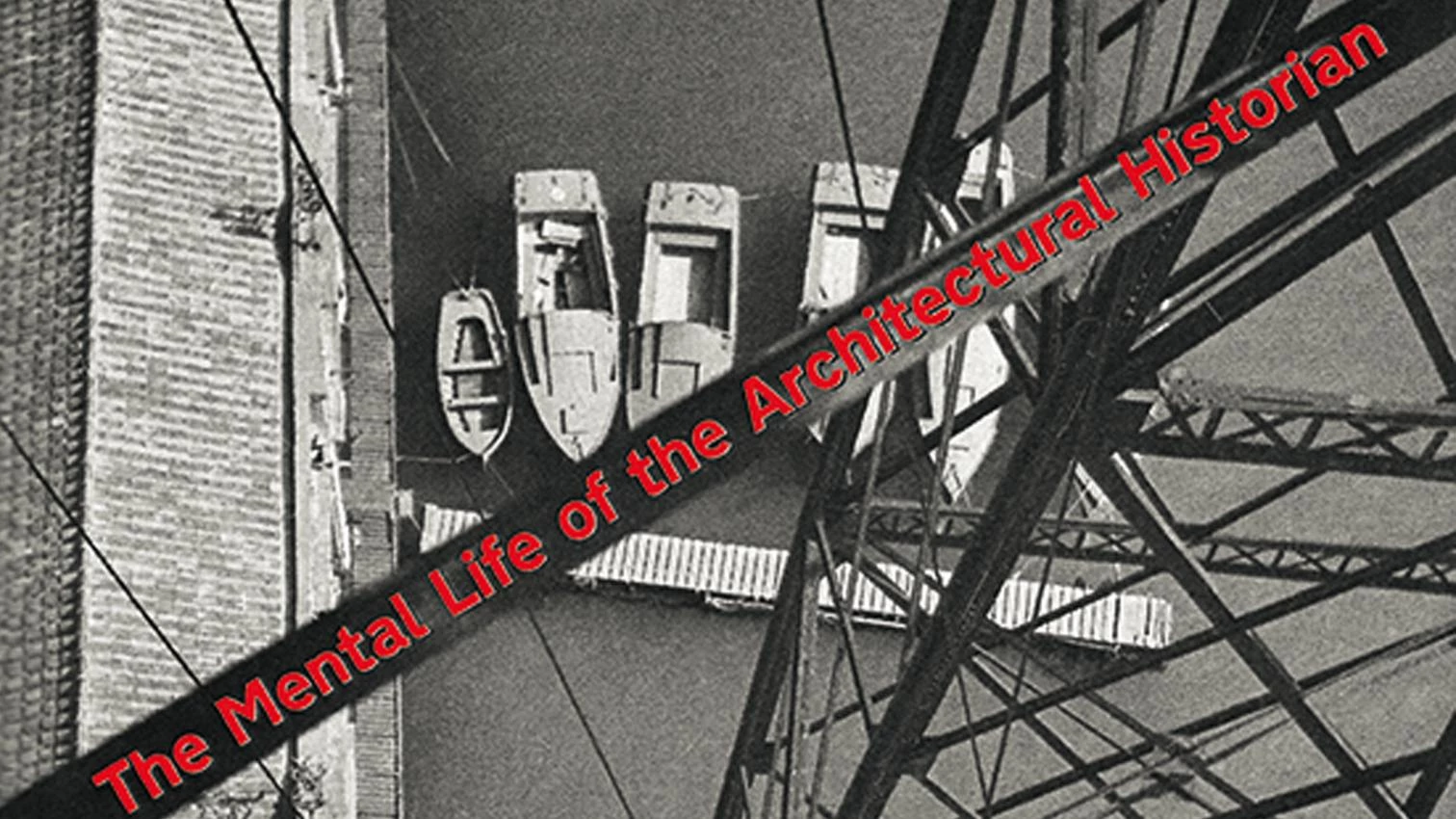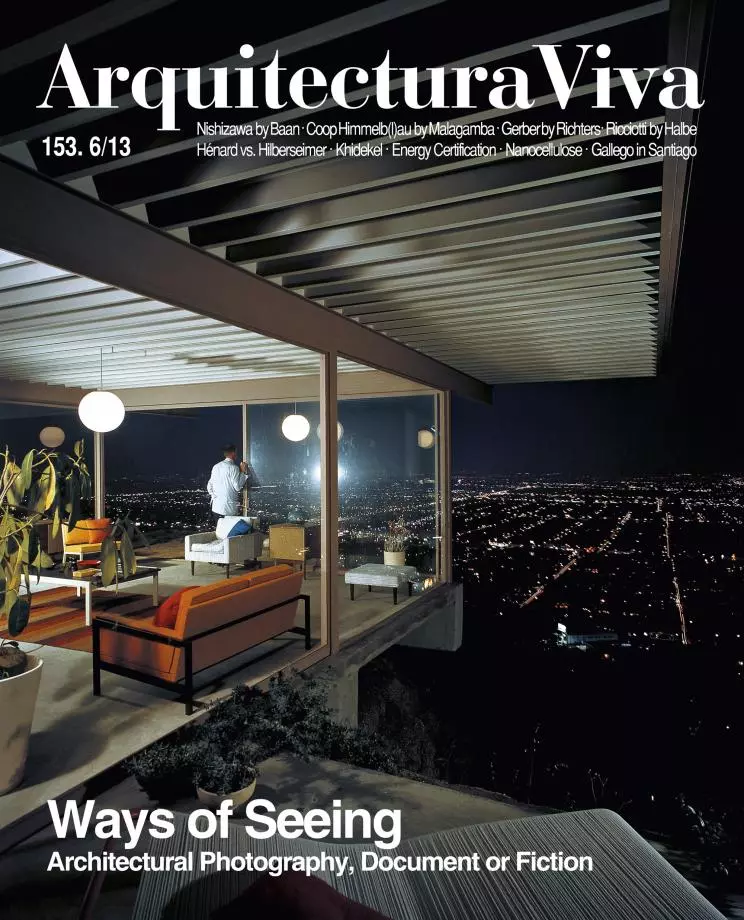
Why reopen the first historiography of architecture? What for? Every new study of histories must be seen as a continuation of previous ones, and this book is a case in point. In the wake of the ‘structuralist’ revision of The Historiography of Modern Architecture that Panayotis Tournikiotis presented in 1999, other authors have delved into the theme, such as Anthony Vidler in Histories of the Immediate Present (see Arquitectura Viva 141). Gevork Hartoonian follows suit by unearthing the ‘mental life’ of three canonical historians: Pevsner, Hitchcock and Giedion.
Hartoonian investigated the nature of this first historiography with two objectives: first, to stress the connections and differences between architectural history and the tradition of art history; second, to look for specific characteristics with which to analyze works. For this Hartoonian presents a very complete discourse that links up reflections on figures of art history tradition, like Heinrick Wölfflin or Alois Riegl, with others of the theory of those years, represented by Walter Benjamin and Erwin Panofsky, and with the actual content of their canonical works: Pioneers, Modern Architecture and Space, Time and Architeture.
It is not always clear if Hartoonian is referring to these three books or to the entire oeuvre of their authors. Nevertheless, his interesting reflection on concepts like historicism, organicism, periodization and autonomy does not only describe the ‘mental lives’ of historians. It also tries to set the bases of the debate on how the historiography of the 21st century should be.







